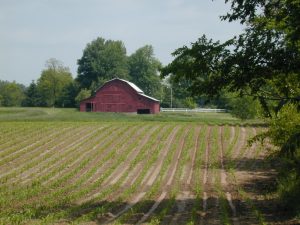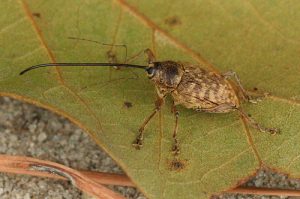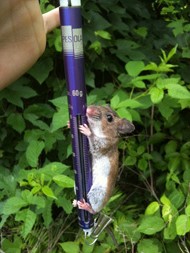 Environmental heterogeneity is accentuated by human activities. For example, agriculture, timber harvest, or residential development create landscapes consisting of patches of forest interspersed among a matrix of varying suitability. A thorough understanding of the consequences of fragmentation for species persistence is especially critical in intensively agricultural areas, because many populations of organisms that once were relatively continuously distributed across a landscape currently exist as distinct subpopulations connected only by dispersal.
Environmental heterogeneity is accentuated by human activities. For example, agriculture, timber harvest, or residential development create landscapes consisting of patches of forest interspersed among a matrix of varying suitability. A thorough understanding of the consequences of fragmentation for species persistence is especially critical in intensively agricultural areas, because many populations of organisms that once were relatively continuously distributed across a landscape currently exist as distinct subpopulations connected only by dispersal.

 My students and I have extensively studied the responses of animals to agriculturally induced habitat alteration of landscapes. Most of our work has focused on rodents, although weasels, raccoons, bats, blue jays, turtles, amphibians, and even flour beetles and acorn weevils have been studied. In addition to field and laboratory studies, we have worked to improve understanding of animal populations in fragmented landscapes by developing metapopulation models, ecologically scaled landscape indices, and methods for estimating utilization distributions.
My students and I have extensively studied the responses of animals to agriculturally induced habitat alteration of landscapes. Most of our work has focused on rodents, although weasels, raccoons, bats, blue jays, turtles, amphibians, and even flour beetles and acorn weevils have been studied. In addition to field and laboratory studies, we have worked to improve understanding of animal populations in fragmented landscapes by developing metapopulation models, ecologically scaled landscape indices, and methods for estimating utilization distributions.